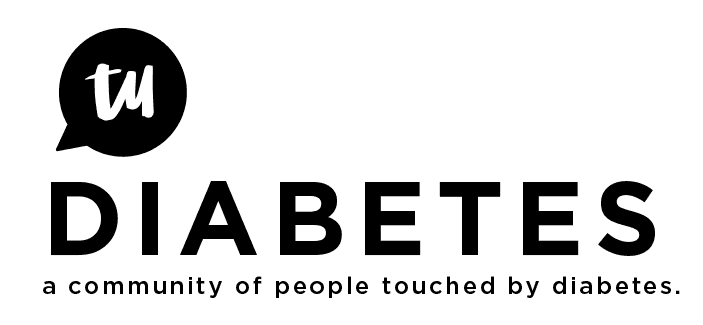I just returned from a 20-day holiday in NewZealand. I enjoyed my vacation and did not unduly deprive myself when it came to enjoying food. Now that I’m back, I’m ready to resume my former BG control.
As you can see from the Clarity 14-day data report, I can see where I need to concentrate my efforts.
I need to restart my post-meal walks, after both of my daily meals, to knock down post meal BGs and narrow the 15th-75th percentile glucose range. This narrowing should cut off most of the yellow or high BGs shown on the graph. I also need to watch out for some low activity between 2:00-2:30 a.m. In addition I will concentrate on reducing and limiting evening snacking.
I love this tool because it definitely shows where the statistically valid areas of concern are in my standard day. Fourteen days is enough data to draw a valid conclusion and not too long so that it obscures or averages out where I need to focus my efforts.
With the Thanksgiving holiday in the U.S. and all the attendant eating looming large, I suggest to those that have access to a CGM and this report to experiment with it and see if it might help you, too.
I’ll post updates over the next few weeks and hopefully show some significant improvement in this graph.
One week later
Last week’s 14-day Clarity report showed some lows around 2:30 a.m. It also showed moderate hyperglycemia while sleeping, post breakfast, and post dinner. To address the early morning lows, I reduced my 11:00 p.m. to 1:00 a.m. basal rates. This mild hypo problem moved to after 3:00 a.m. and I’m now playing with the midnight to 2:00 a.m. basal rates.
I’ve been trying to limit the evening snacking to reduce the width of the overnight BGs as well as bring the average down. I’m getting more consistent exercise and that’s having a good overall effect, too. My after meal walking continues to bring down post-meal BGs. I’m using Afrezza more to correct during this last week. I’ll continue to use it as needed but I expect Afrezza corrections to return to less frequent use, like I did before my travel.
I’m moving in the right direction as I’m eyeing my next endo appointment in two weeks. I’ve been able to move the entire average line to within my target range. I’ll post again next week.
Six weeks later
Well, things did not turn around as quickly as I would have liked. I finally was able to reduce my basal rates closer to what they were. Before my travel in November, my total daily dose was around 30 units. It ramped up to about 38. I’m now down to about 32. This experience reminds me that sometimes changes take longer. Persistence and patience will eventually pay off. Here’s my latest Dexcom Clarity 14-day report:
Things are back where I’d like them to be. I still have to work on bringing my overnight averages down. I also have a minor low problem in the 3:15-3:45 p.m. time period. There’s always room for improvement and this job is never over. But I am at a spot that’s good enough for me. The important thing is to pay attention, act when needed, and don’t give up!







